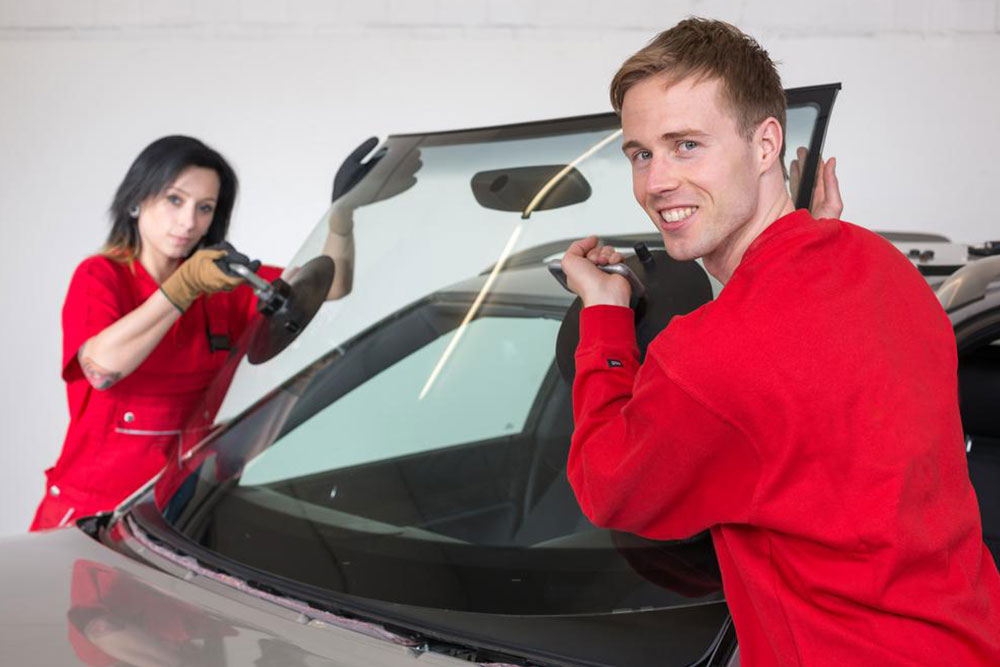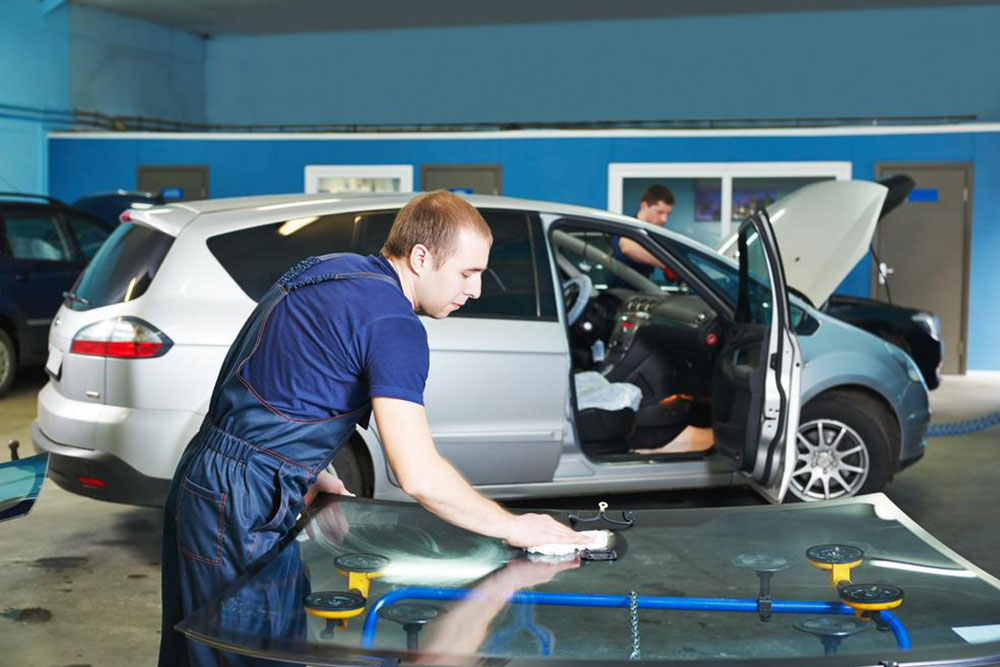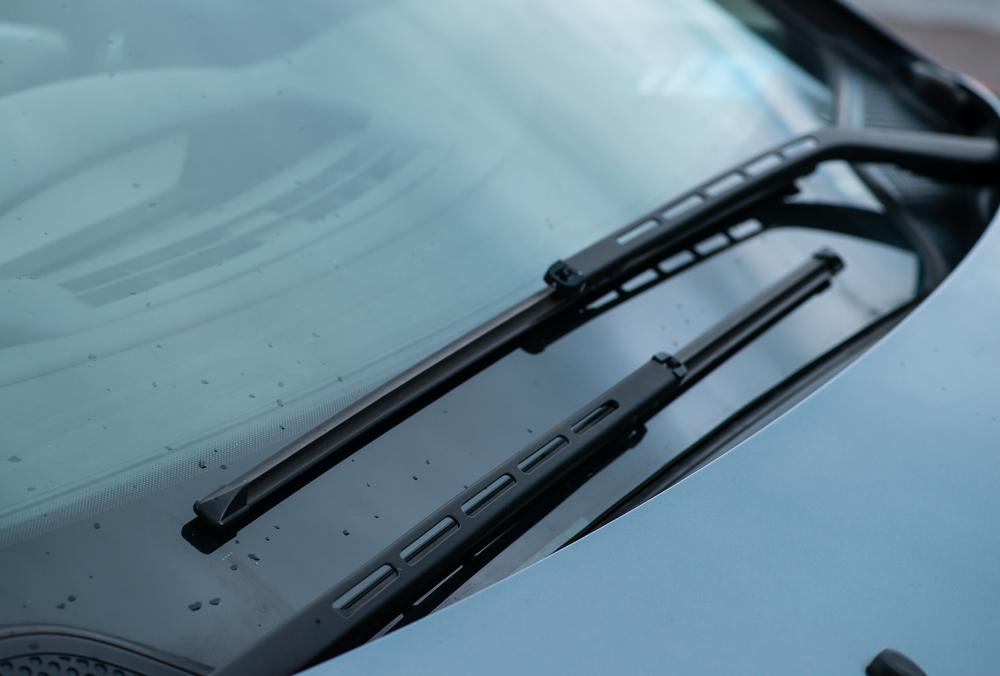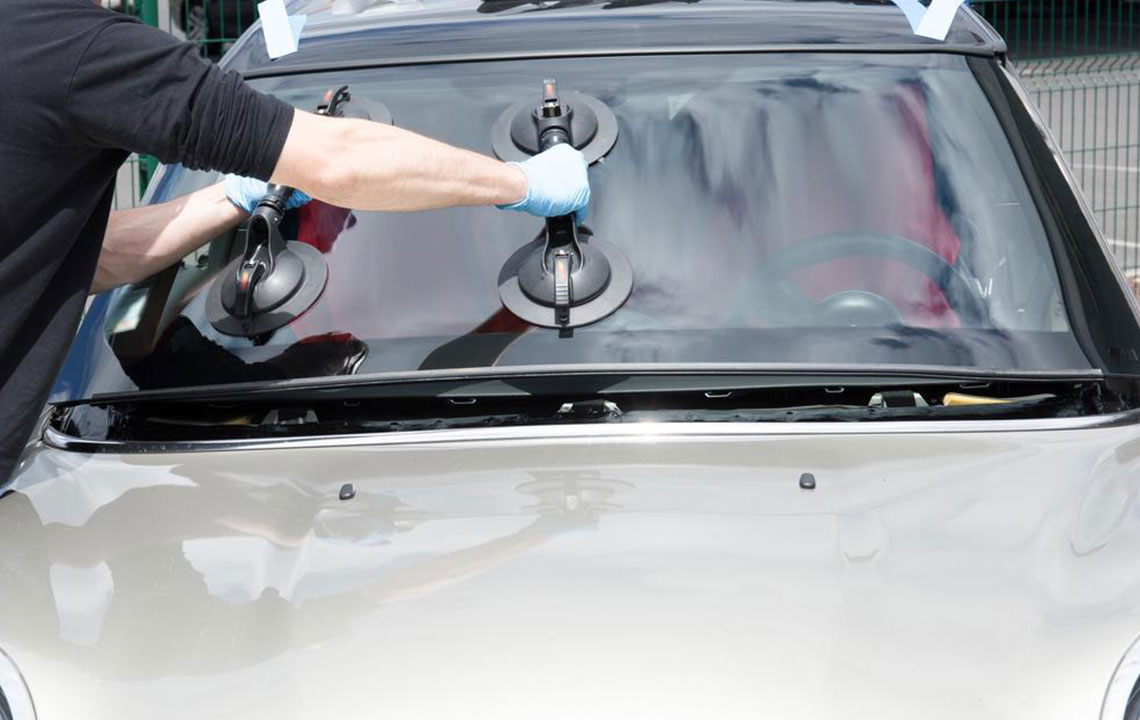Comprehensive Guide to Automotive Glass Types: Safety, Materials, and Replacement Tips
This comprehensive guide explores the key types of automotive glass, including laminated and tempered safety glasses, their manufacturing processes, safety features, and the importance of timely windshield replacement. Learn essential tips to maintain vehicle safety and proper repair procedures to protect passengers during accidents. Whether you're a vehicle owner or a mechanic, understanding these differences can significantly improve safety and prevent costly damages, ensuring your car remains reliable and secure on the road.

Understanding the Different Types of Automotive Glass
Picture this scenario: you're driving along a scenic road when suddenly, a tree branch falls, striking your vehicle's windshield and causing a crack. Many drivers wonder about the safety and durability of their car's glass components, especially after such incidents. Unlike regular household glass, automotive glass is specially engineered to meet rigorous safety standards, ensuring that even when broken, it minimizes injuries and enhances crash safety.
This article delves deep into the various types of automotive glass, their unique features, purposes, and procedures for replacement. Whether you're a car owner, a mechanic, or just interested in automotive safety, understanding these distinctions is crucial for maintaining your vehicle's structural integrity and safety during accidents.
What are the main types of automotive glass?
The core categories of automotive glass are laminated and tempered glass. Each type has distinct properties, manufacturing processes, and safety features, making them suitable for different parts of your vehicle.
In a typical vehicle, the windshield is made from laminated safety glass, while side windows, rearview mirrors, and other windows are crafted from tempered glass. These materials are designed not only to provide visibility but also to safeguard passengers during various impacts and accidents.
Laminated Safety Glass
History and Composition: Developed in the 1920s, laminated safety glass is composed of two sheets of glass bonded together with a layer of Polyvinyl Butyral (PVB). This resin layer acts as an adhesive and a shock absorber, providing enhanced impact resistance.
During manufacturing, the assembly is heated and pressed, creating a strong, durable bond. The resulting laminated glass maintains its integrity upon impact, minimizing the risk of dangerous flying shards that can cause injury or further damage.
This type of glass is essential for windshields because it prevents the glass from shattering into dangerous fragments, acting as a crucial safety feature in vehicles.
Tempered Safety Glass
Manufacturing Process: Tempered glass is produced by heating a single sheet of glass to approximately 700°C (about 1292°F), then rapidly cooling it—a process known as quenching. This treatment increases the glass's strength significantly.
Unlike laminated glass, tempered glass is designed to shatter into tiny, blunt fragments that are less likely to cause injuries, mainly when used in side and rear windows. This shattering pattern reduces the risk of serious cuts and lacerations during accidents.
Note that once tempered glass is damaged or broken, it cannot be repaired and must be replaced entirely. Its fragility when compromised makes timely replacement crucial for safety.
How to Properly Replace Your Vehicle's Windshield
If your windshield is cracked or damaged, it's vital to seek professional auto glass services promptly. A qualified technician will carefully remove any wipers, moldings, and other components surrounding the windshield. They will then clean off the old adhesive thoroughly and prepare the surface for the new installation.
During replacement, the technician applies a precise layer of bonding adhesive, ensuring that the new windshield is securely fitted and sealed to prevent leaks or disturbances during frequent driving.
Cost considerations vary: insurance policies might cover part or all of the expense, or the vehicle owner may need to pay out of pocket. Regardless, quick repair or replacement is essential—your windshield is a critical safety barrier that plays a pivotal role during accidents by preventing ejection and reducing injury severity.
In the long run, maintaining your automotive glass's integrity enhances overall vehicle safety, helps ensure clarity during driving, and prevents costly repairs or replacements down the line. Regular inspections and prompt attention to cracks or chips can save lives and money.





